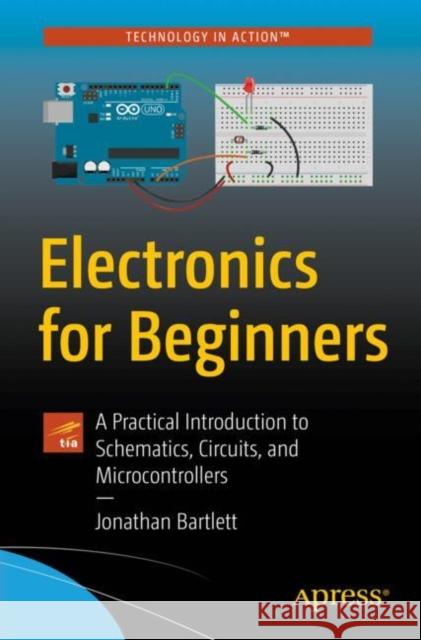Electronics for Beginners: A Practical Introduction to Schematics, Circuits, and Microcontrollers » książka
topmenu
Electronics for Beginners: A Practical Introduction to Schematics, Circuits, and Microcontrollers
ISBN-13: 9781484259788 / Angielski / Miękka / 2020 / 507 str.
Kategorie:
Kategorie BISAC:
Wydawca:
APress
Język:
Angielski
ISBN-13:
9781484259788
Rok wydania:
2020
Ilość stron:
507
Waga:
0.73 kg
Wymiary:
23.39 x 15.6 x 2.72
Oprawa:
Miękka
Wolumenów:
01
Dodatkowe informacje:
Glosariusz/słownik
Wydanie ilustrowane
Wydanie ilustrowane











